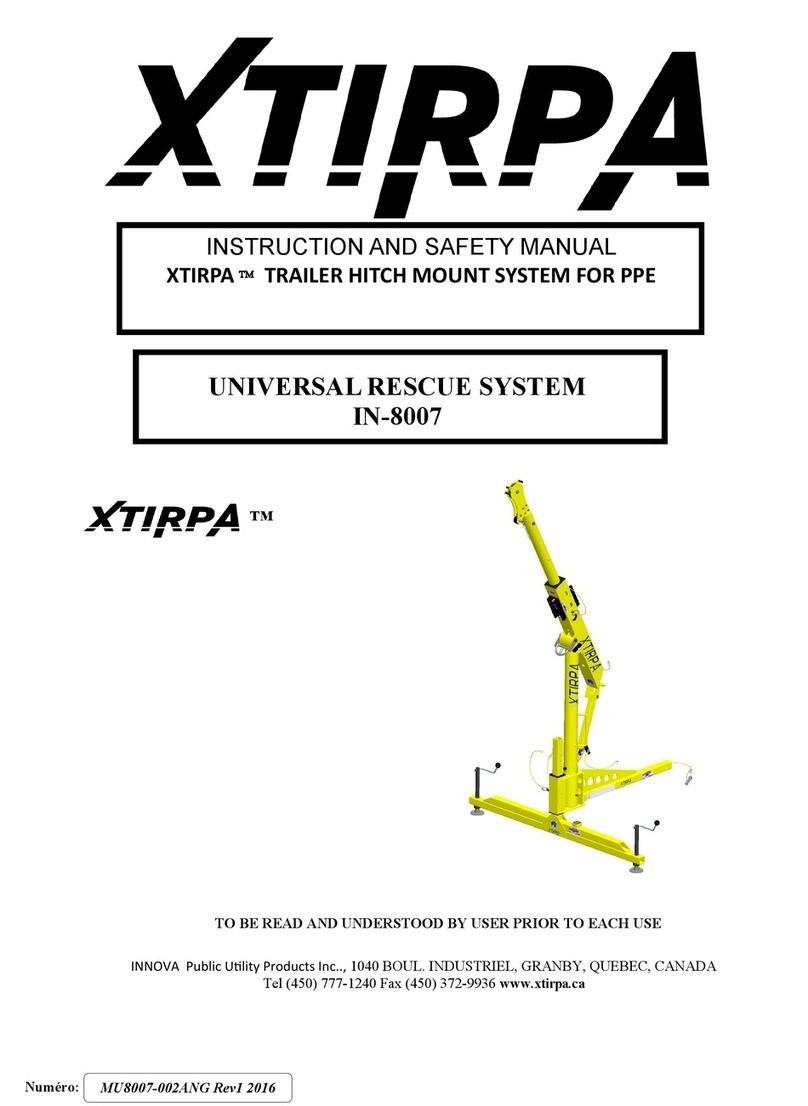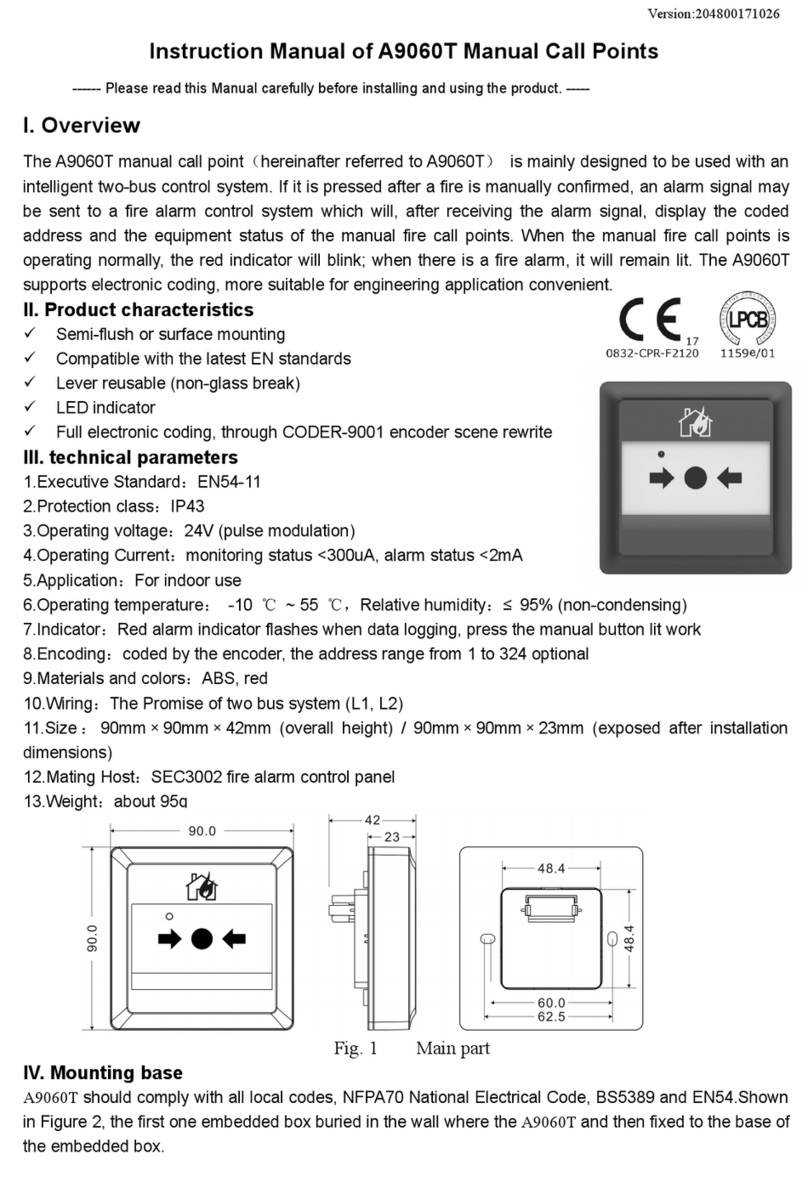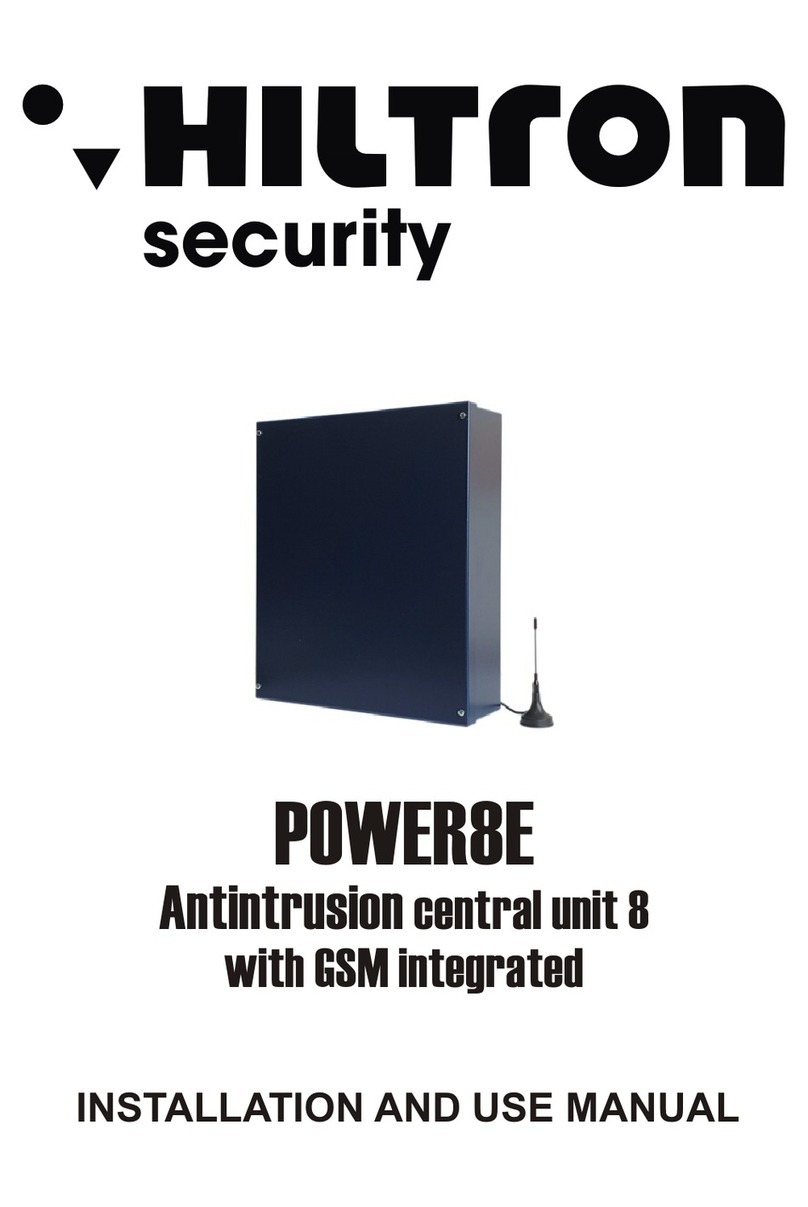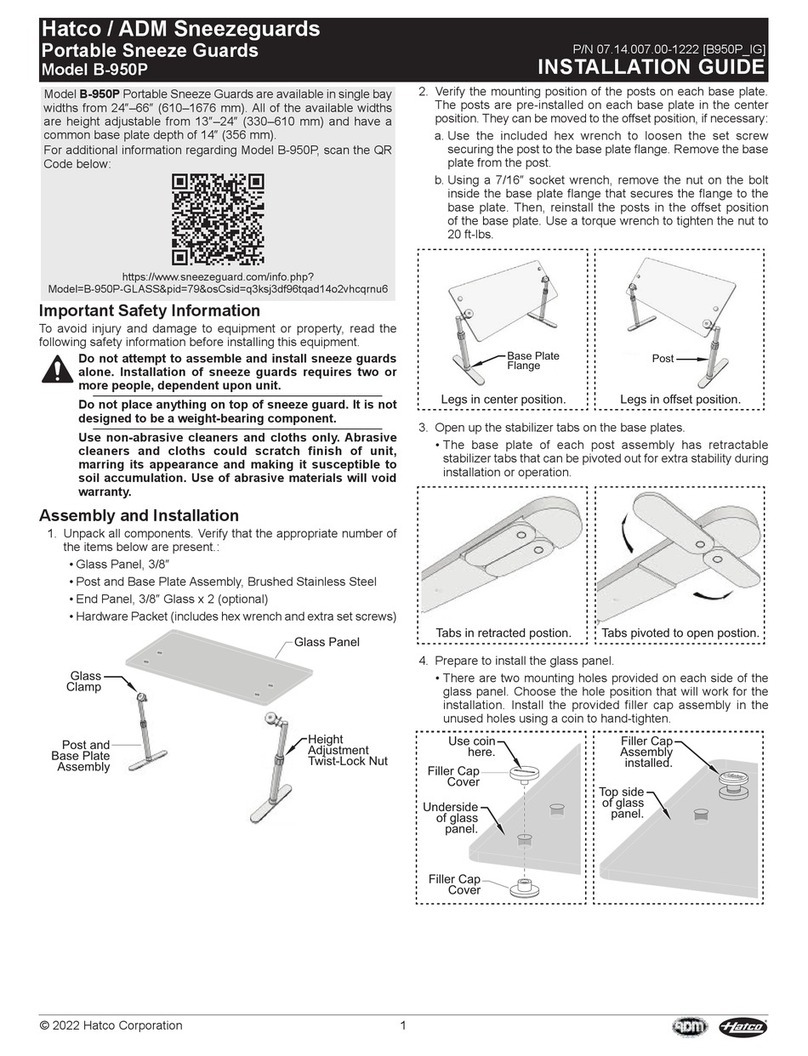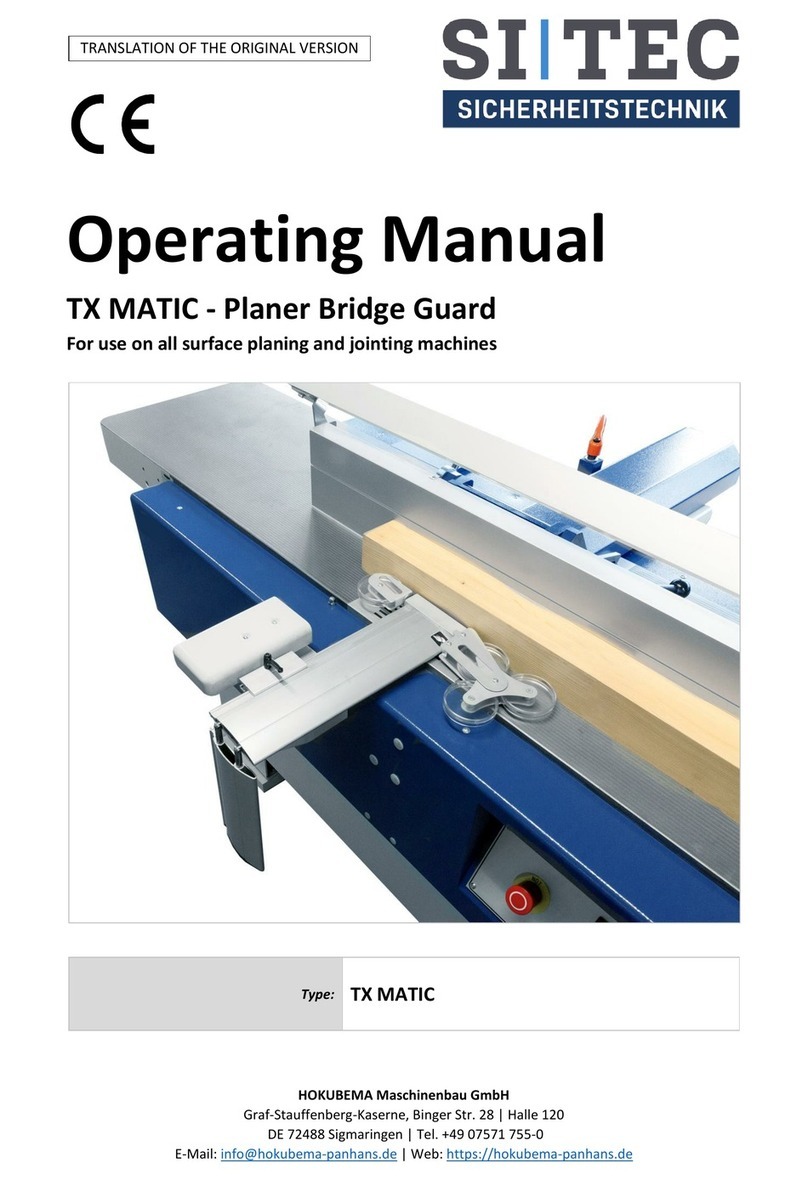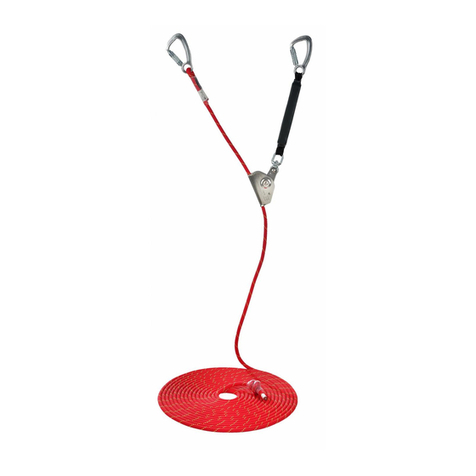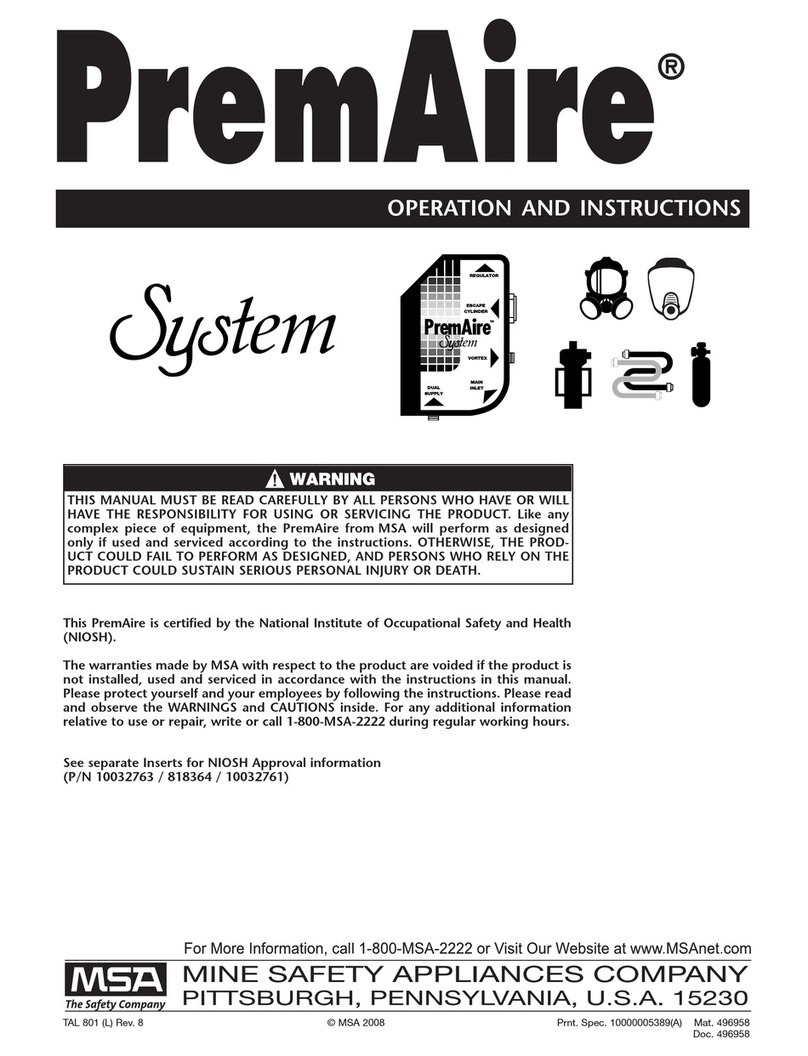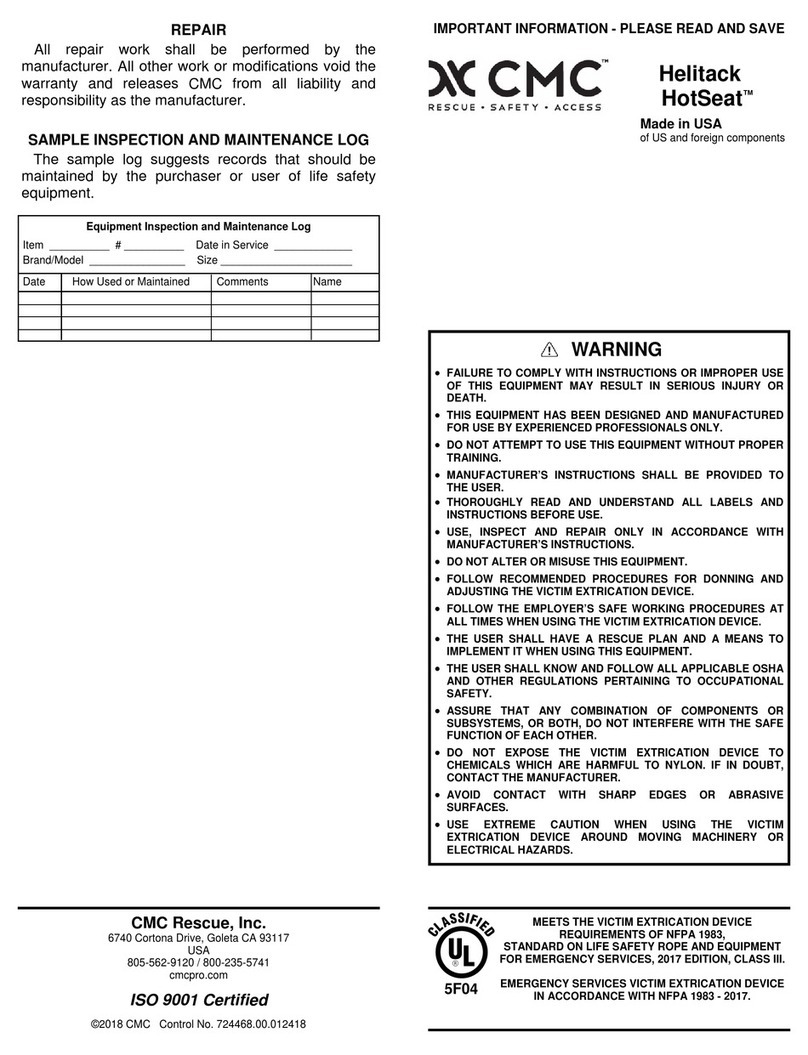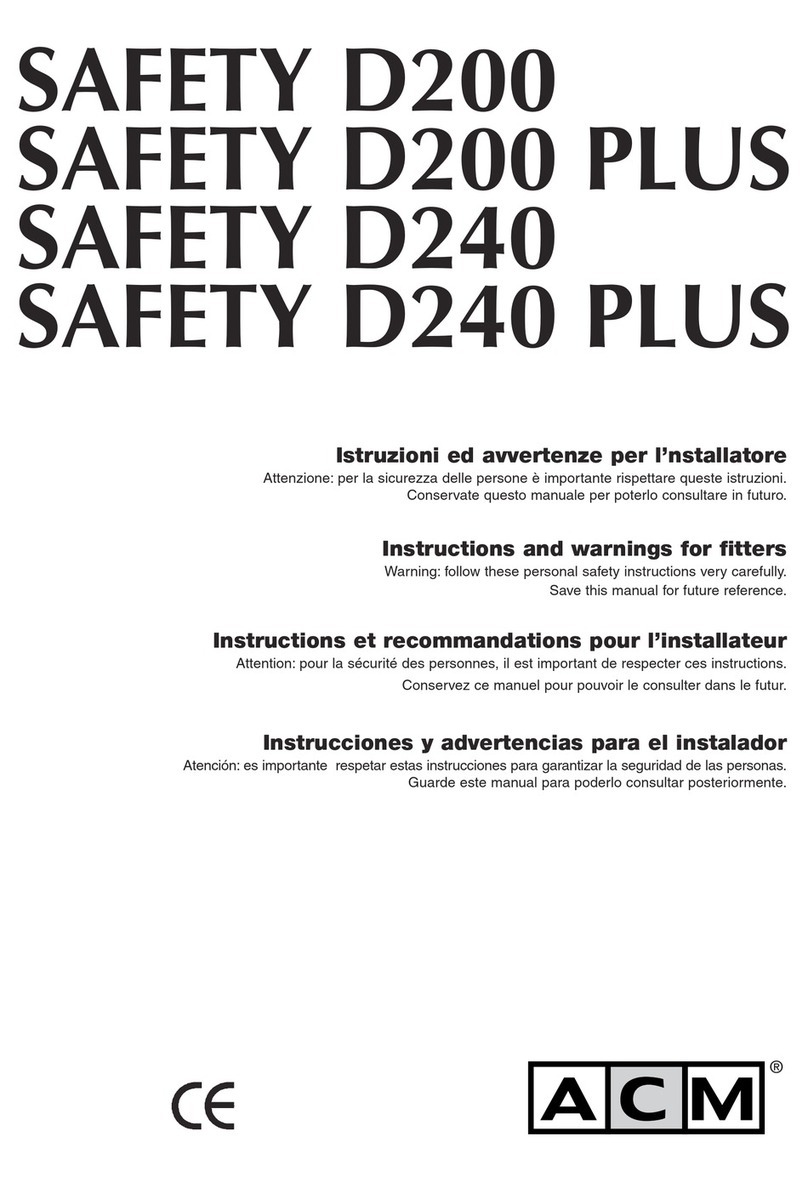ABTQ-50 rev 13
Last review: 5th Sept 16
INSTALLATION, OPERATION & MAINTENANCE INSTRUCTIONS FOR
ABTECH ‘HVJB’ series – CML16ATEX3324 and IECEx CML 16.0100
2/4
Abtech Ltd.
Newhall Road, Lower Don Valley, Sheffield S9 2QJ
15) Where the conductors to be connected are of different sizes the lugs will be of different thickness. Bring the
thinner lug to the same thickness as the thicker lug buy using tinned or freshly cleaned copper washers.
16) Replace the upper current bar.
17) Apply a small amount of high temperature grease to the stud thread, just sufficient to wet the surface then
secure the current bar and cable clamp assembly in place with the flat washer, spring washer and two
locknuts provided. Ensure that the spring washer is fully compressed by the first lock nut then, using a
spanner* to secure the locknut under the lower current bar, apply a further 1/8 to ¼ turn. If using installation
equipment with torque settings, for M10 securing nuts apply 35 Nm or for M20 securing nuts apply 55 Nm.
Secure the fitting with the second lock nut. (* The spanner is to prevent the tightening torque being
transmitted through the insulating pillar).
18) Check each cable lug to ensure that there are no stray strands from the conductor which might compromise
the minimum clearance distances. If any are identified they must be cut off back to the conductor insulation.
19) When all the cable lugs have been attached and correctly tightened replace the top halves of the power
core cable clamps and tighten each one to secure the cables. Finger tight + 1/8 to ¼ turn is usually
adequate.
20) Replace the flat acrylic cover and secure in position using the nylon studs and washers provided.
21) If no field terminals are used proceed to point 34.
22) If spare conductors are installed refer to Spare Conductor Earthing.
23) If conductor screen terminals are installed refer to Conductor Screen Terminals.
Field Terminal Cable Connections (where fitted)
Note: Consideration must be given to any use limitations or special conditions detailed on the certificates for
the terminals fitted.
24) Remove the top half on each field core cable clamp and put safely aside.
25) Remove the terminal covers and put safely aside.
26) Remove the terminal current bar connection studs and put safely aside.
27) Pull the cable(s) into the box leaving trailing leads long enough to reach their respective crimp lugs after
routing through the cable clamps.
28) Trim each cable core so that the conductor end will reach the inside stop of the crimp lug on which it is to be
terminated.
29) Using the crimp lugs provided, If the field cables are 10 mm2or larger crimp each lug onto the respective
conductor using Cembre die sets or equivalent. Ensure that the crimp die set used is suitable for the
conductor size and is not damaged or excessively worn. The crimp die set may produce either a hexagon
type crimp, (2 crimps per lug), or an indent type crimp.
30) If the field cables are smaller than 10 mm2crimp each lug using a Newey and Eyre Crimpstar crimping
tool or equivalent. Ensure that the crimping tool is not damaged or excessively worn.
NOTE: If the crimp lug is damaged during installation a replacement should be purchased from either
ABTECH, Cembre (+44 (0)1675 470440, or one of their stockists). If the site engineer requires to source from a
local supplier, then that engineer will be responsible for ensuring that the crimp lug and its associated crimping
tool comply with BS EN 31238-1:2003.
31) Route the cable core through the appropriate cable clamp and place the hole in the palm of the now
attached cable lug above the hole on its respective terminal current bar.
32) Retrieve the current bar connection stud and use it to secure the lug in place.
33) When all the cable lugs have been attached and correctly tightened replace the terminal covers.
34) Replace the top halves of the field core cable clamps and tighten each one to secure the cables.
35) Replace the lid and secure it by closing the lid and tightening the lid fixing screws. Ensure that all gland
plate securing screws are tightened.
36) Test the installation.
Earthing/Grounding
The HVJB unit is provided with an internal and external earthing/grounding facility. This must be connected to
the appropriate earth bonding circuit before electrical power is connected to the contents of the enclosure. Any





